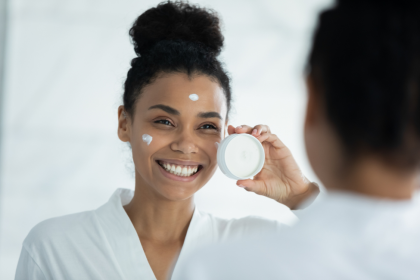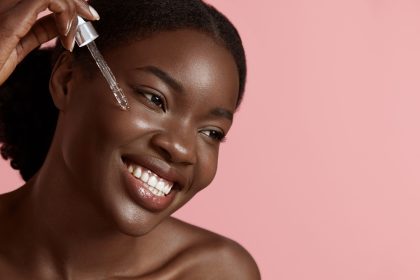The art of wearing perfume has transformed from a simple act of spritzing into a sophisticated ritual of self-expression. Modern fragrance enthusiasts are discovering that the true potential of their favorite scents lies not just in wearing them individually, but in the masterful combination of complementary aromas that create a unique olfactory signature. This personalized approach to fragrance has revolutionized how we think about and apply our favorite scents.
Understanding the science of scent
The foundation of successful fragrance layering begins with a deep understanding of how scents interact with our body chemistry and environment. Each perfume contains carefully balanced components that unfold over time, creating a dynamic scent experience that evolves throughout the day. This temporal dance of aromatics follows a precise pattern, with different notes emerging and receding at specific intervals.
5 insider tricks for perfect fragrance layering
1. The Moisture Lock Technique Most people apply perfume on dry skin, but here’s the trick: applying an unscented moisturizer or body oil first creates a base that locks in fragrance molecules, extending wear time by up to 4 hours. This subtle yet powerful technique helps fragrances meld with your skin chemistry more effectively. For best results, choose a moisturizer with natural oils that enhance rather than compete with your chosen scent.
2. The Temperature Trap Method While everyone knows about pulse points, the real secret lies in the timing and temperature. Apply fragrances right after a warm shower when your pores are open, but wait exactly 3 minutes after moisturizing. This allows the moisturizer to create a perfect canvas without diluting the scent. The warmth of your skin during this optimal window helps the fragrance develop its full complexity.
3. The Base Note Foundation Instead of starting with lighter scents, begin with a rich base note fragrance like vanilla, oud, or musk. Apply this to lower pulse points, then layer lighter scents on upper pulse points. This creates a scent pyramid that releases fragrances in perfect harmony throughout the day. The heavier base notes anchor the composition while allowing lighter notes to dance above them.
4. The Clothing Shield Strategy Here’s what many don’t realize: spraying fragrance directly on clothes can stain, but creating a scent shield is the answer. Spray your fragrance in front of you and walk through the mist. This creates an even distribution that interacts with both skin and fabric without damage. This technique also ensures a more subtle, professional scent trail perfect for any setting.
5. The Complementary Layering Rule The trick isn’t just combining any two fragrances – it’s understanding the 30% rule. When layering scents, ensure they share at least 30% of the same notes, but differ in their primary accords. For example, pair a vanilla-based oriental with a citrus that has vanilla undertones. This creates depth while maintaining harmony.
The architecture of perfume
Understanding fragrance architecture enhances these layering techniques. Each perfume consists of three key components:
Top Notes: These initial impressions, typically comprised of citrus and light florals, create the first impact but dissipate within 15-20 minutes. They serve as the fragrance’s introduction, setting the stage for what follows. Common top notes include bergamot, lemon, and light herbal scents.
Middle Notes: Also known as heart notes, these components emerge as the top notes fade. Consisting of fuller florals, spices, and green notes, they form the fragrance’s core character and persist for 1-3 hours. Popular middle notes include jasmine, rose, and warm spices.
Base Notes: The foundation of any fragrance, these deep, rich elements like woods, musks, and resins provide longevity and depth, lasting 6-8 hours or more on the skin. Traditional base notes include sandalwood, vanilla, and amber.
Strategic application points
For maximum impact, focus on these key pulse points:
- Wrists
- Neck sides
- Behind ears
- Inner elbows
- Chest area
- Behind knees
Advanced combination strategies
Creating sophisticated scent combinations requires understanding which fragrance families complement each other. Certain pairings naturally enhance each other’s best qualities:
- Citrus with vanilla undertones
- Fresh florals with subtle spices
- Woods with light musks
- Oriental with amber notes












